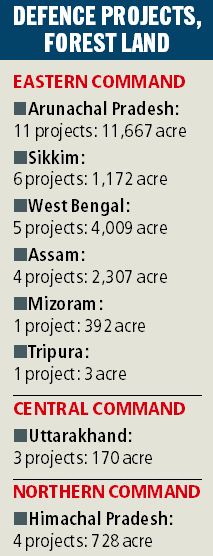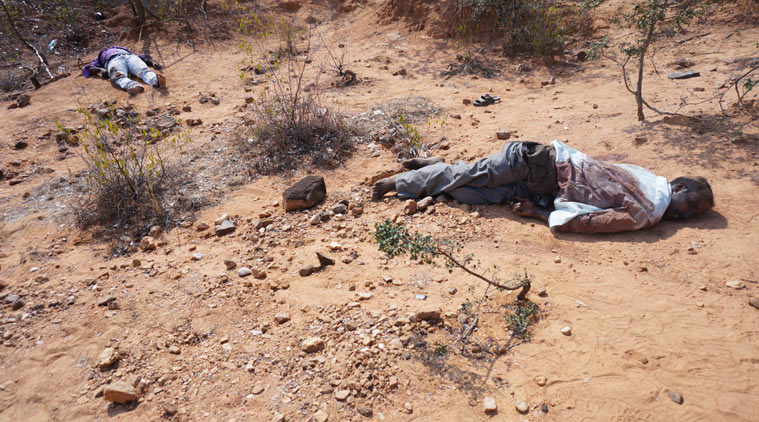The Indian Express, 27 April, 2015
Even as Nepal revives memories of the Uttarkashi earthquake and Rahul Gandhi trekked to Kedarnath to heal wounds caused by the devastating flash floods, the Congress government in the state has abandoned work on the much-delayed zonal master plan for the Bhagirathi Eco Sensitive Zone.
The quiet burial came after the NDA government at the Centre in a volte face, decided to review the 2012 notification of 4179.59 sq km in the watershed of the Bhagirathi river between Gomukh and Uttarkashi as a green zone to safeguard it from unplanned growth.
Part of the fragile Himalayan ecosystem, Uttarkashi suffered one of India’s deadliest earthquakes that killed 727 people and affected 3 lakh in 1991. In the last six years, this district has been jolted as many times by quakes of magnitude 4 to 5.1. In 2012 and 2013, flash floods and landslides killed hundreds and left thousands homeless.
Documents accessed by The Indian Express show that days after Environment Minister Prakash Javadekar refused to modify the ESZ notification, the ministry reversed its stand on January 13 at a PMO meeting chaired by Nriprendra Misra, principal secretary to the PM, “to discuss issues relating to Hydro-Electric projects in Uttarakhand”.
At the meeting, the ministry accepted an ESZ cannot be declared without a proposal from the state government after Uttarakhand claimed the state had not been consulted while notifying the Bhagirathi ESZ, which restricted most development projects in the area and impacted livelihoods.
However, when Chief Minister Harish Rawat made the same arguments in a letter to Javadekar in May 2014, the latter assured him the provisions of the 2012 notification in “no way hamper the development aspirations and livelihood options of the local people”. In his reply on December 26, Javadekar also wrote, “My ministry in consultation with the Ministry of Water Resources is preparing minor amendments to the notification. However, consideration of small hydropower projects in this extremely fragile region do not figure [in] the minor amendments.”
The Bhagirathi ESZ was notified on December 18, 2012, after a seriesof natural disasters. But from the very beginning, the state was opposed to notifying around 100 times the area proposed in a July 2011 draft notification that sought only 100 metres on either side of the river as ESZ. It also objected to the ban on hydropower projects above 2 MW since the 2011 draft proposed a ban on only those above 25 MW.
On December 18, 2014, a reluctant Uttarakhand missed the two-year deadline for preparing the Zonal Master Planfor the management of the ESZ. Soon after, in an affidavit submitted to the National Green Tribunal on December 24, the state sought a stay on the implementation of the 2012 notification till it was amended in consultation with the state government.
In the same affidavit, however, the state also assured the tribunal that six proposals were received after expressions of interest for preparing the Zonal Master Planwere sought through advertisements in the media and four of those six parties already made presentations before the monitoring committee of the Bhagirathi ESZ.
The affidavit further claimed that the monitoring committee “also decided to examine whether the Zonal Master Plancould be prepared by a core committee of the government departments with the help of a consortium of national level institutions”.
Four days after Uttarakhand submitted this affidavit, the state cabinet passed a resolution on December 28 to request the Centrefor withdrawal of the December 2012 notification itself. Soon after, a state delegation met key PMO officials and the Environment Ministry agreed to review the 2012 notification. While the issue comes up before the NGT again on April 30, not even a single meeting of the ESZ monitoring committee has been held in 2015.
“Our last meeting was on December 3 when it was decided that work on the Zonal Master Planwould continue. But no meeting of the committee took place since,” said Mallika Bhanot, independent member of the monitoring committee.








